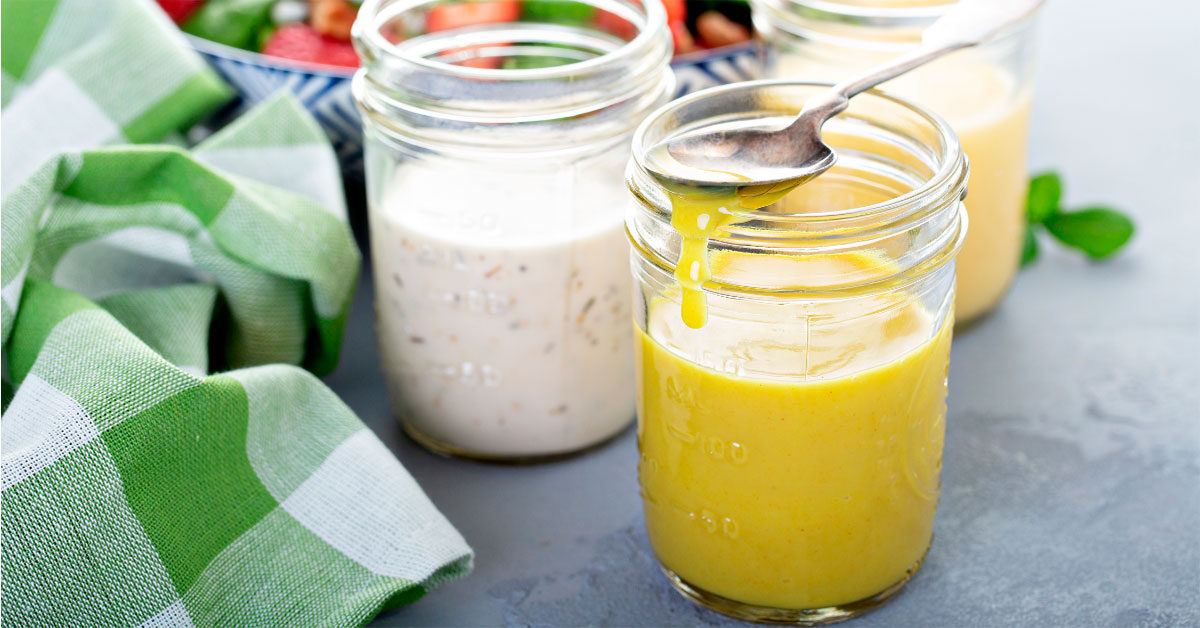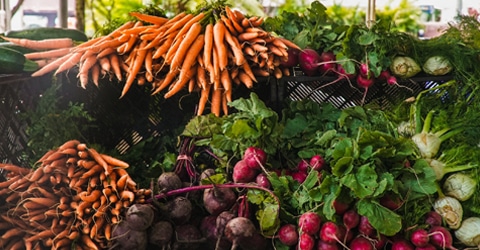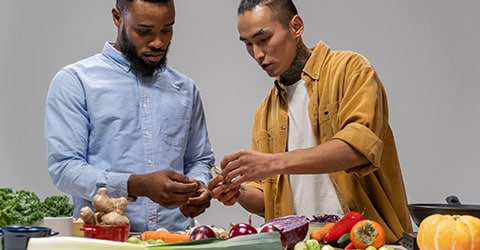
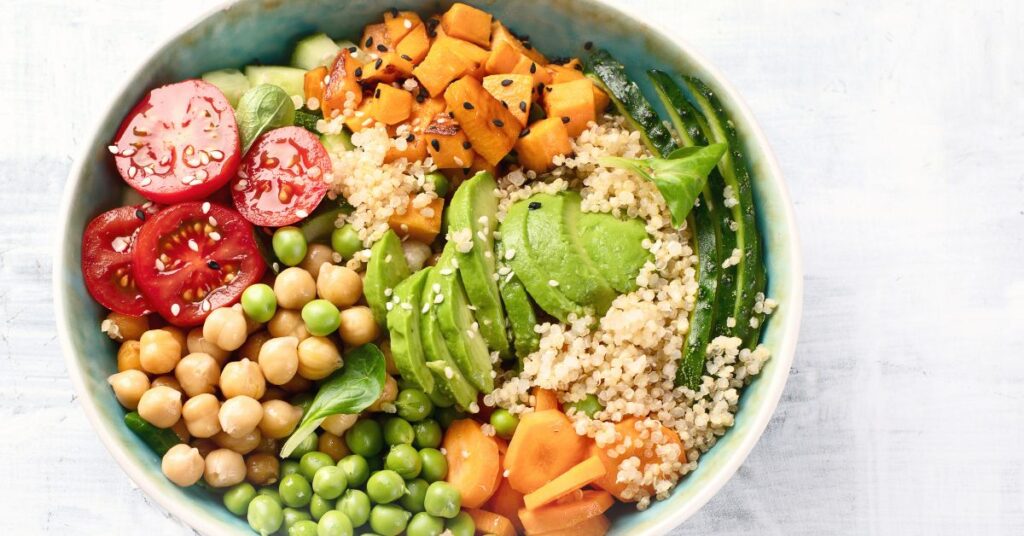
When I first moved out of my Mom’s house and into my own apartment, I ate more bowls than sit-down meals served on plates. Call it a lazy attempt to avoid doing dishes, or call it inspiration from my great-grandfather Harry who ate his breakfast in a bowl every day. My grandmother tried to put his food on a plate, but he would scrape it all into a bowl and eat it that way. I think I inherited a little of his rebellious nature.
Nowadays, bowls served at restaurants have a prescribed structure. They typically start with some sort of base—something like rice, quinoa, or pasta—and that is followed by any number of toppings, including steamed vegetables, baked tofu, jackfruit, pickled onions, or stir fry. Finally, the bowl is finished with a sauce and garnishes. The menus are usually set up so you can design your own bowl any way you want. In my hometown, there are restaurants that make nothing but bowls, and I have ordered a few, but every time I do, I think to myself, I can make this better at home.
When I do make a bowl at home, I either start with leftovers from the fridge, or a theme like Thai, Mexican, Italian, or Southern Comfort. Next, I decide what base I want to use. Rice is the most common base I use because I make a pot of rice once a week to have on hand for any number of dishes I make throughout the week. Quinoa, millet, and bulgur are my other favorite bases for bowls.
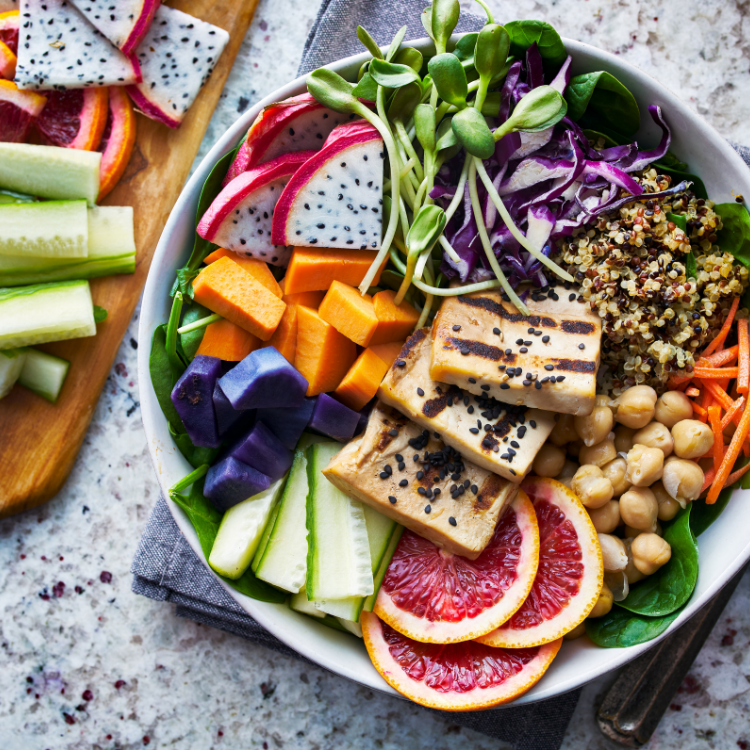
How to Build the Best Bowl
- Level 1 (Base) – The bottom of the bowl includes cooked rice, quinoa, or your favorite grain. And while it is easiest to use plain unseasoned rice, you don’t have to. There’s nothing stopping you from getting creative with your base if you have the time and energy to do so. You could even make a stir fry using leftovers from the fridge.
- Level 2 – Add some vegetables, tofu, tempeh, etc.; these can be steamed, raw, or a combination.
- Sauce. This is another good place to get creative. You can use your favorite ranch dressing, pesto, or salsa here.
- Level 4 – Garnishes. Chopped fresh herbs, green onions, and pickled vegetables—all work well! Feel free to try different combinations of garnishes.
- Level 5 – Finishing touches. Consider adding hot sauce, everything bagel spice, Zaatar, or Italian seasonings. All of these options give your bowl that one last kiss of flavor and a finish that makes everyone want some of what you have.
My recent class on bowls featured one of my favorite dishes, Oven Fried Tofu with Mashed Potatoes and Cashew Gravy. I make it more than most other bowls. Join my Live Weekly Cooking Classes and see what else we are cooking up.
Copyright 2025 Center for Nutrition Studies. All rights reserved.
Deepen Your Knowledge With Our
Plant-Based Nutrition
Certificate
Plant-Based Nutrition Certificate
- 23,000+ students
- 100% online, learn at your own pace
- No prerequisites
- Continuing education credits
